
Tallinn is the capital, the primate and most populous city of Estonia. Situated on a bay in north Estonia, on the shore of the Gulf of Finland of the Baltic Sea, Tallinn has a population of about 457,000 and administratively lies in the Harju maakond (county). Tallinn is the main governmental, financial, industrial, and cultural centre of Estonia. It is located 187 km (116 mi) northwest of the country's second largest city, Tartu; however, only 80 km (50 mi) south of Helsinki, Finland, also 320 km (200 mi) west of Saint Petersburg, Russia, 300 km (190 mi) north of Riga, Latvia, and 380 km (240 mi) east of Stockholm, Sweden. From the 13th century until the first half of the 20th century, Tallinn was known in most of the world by variants of its other historical name Reval.
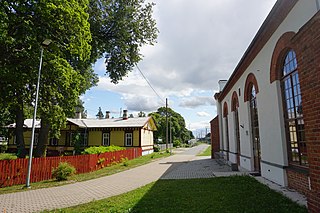
Aegviidu is a borough in Anija Parish, Harju County, Estonia, most known for its picturesque surroundings and hiking trails.

The Estonian Navy are the unified naval forces among the Estonian Defence Forces.

Kalevi Keskstaadion is a multi-purpose stadium in Tallinn, Estonia. Opened in 1955 and having a capacity of 12,000, it is the traditional venue of the Estonian Dance Festival and the former home ground of JK Tallinna Kalev. The address of the stadium is Staadioni 8, 10132 Tallinn.

Kalamaja is a subdistrict of the district of Põhja-Tallinn in Tallinn, the capital of Estonia. It is located just northwest of the historical town centre, on the coast of the Tallinn Bay. Kalamaja has a population of 9,820.

The Kalev class consisted of two mine laying submarines built for the Estonian Navy.
The Korvpalli Meistriliiga (KML), known as the PAF Korvpalli Meistriliiga for sponsorship reasons, is the top-tier men's basketball league in Estonia. The league is organized by the Estonian Basketball Association and played under FIBA rules.
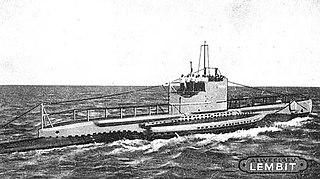
EML Lembit is one of two Kalev-class mine-laying submarines built for the Republic of Estonia before World War II, and is now a museum ship in Tallinn. She was launched in 1936 at Vickers-Armstrongs, Barrow-in-Furness, and served in the Estonian Navy and the Soviet Navy. Until she was hauled out on 21 May 2011, Lembit was the oldest submarine still afloat in the world. Her sister ship, Kalev, was sunk in October 1941. Lembit is named for Lembitu, an Estonian ruler who resisted the Livonian Crusades.

EML Kalev was one of two submarines of the Republic of Estonia launched in 1936 at Vickers and Armstrongs Ltd. in England. Her sister, Lembit, survived the Second World War.

EMLKalev (M414) was a Frauenlob-class minesweeper of the Estonian Navy, which belonged to the Mineships Division.
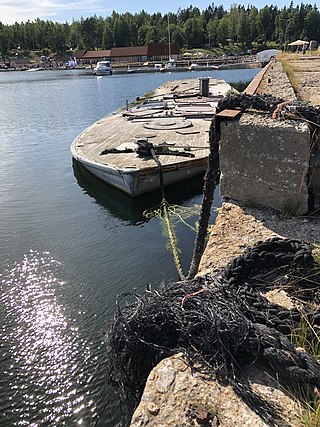
EMLVaindlo (M416) was a Frauenlob-class minelayer of the Estonian Navy and belonged into the Estonian Navy Mineships Division.

The following is an alphabetical list of articles related to the Republic of Estonia.

Fat Margaret is a tower in Tallinn, Estonia. Nowadays, the tower is home to Estonian Maritime Museum.

Kalev Sports Hall is a multi-purpose arena in Estonia. It was built in 1962 and holds up to 1,780 people (all-seater).
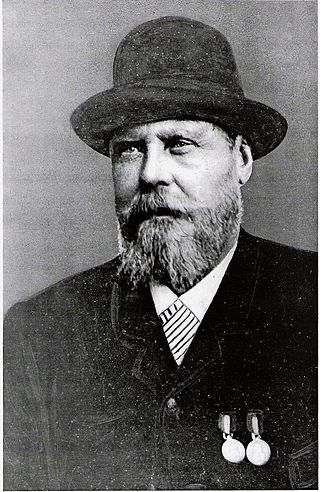
Peeter All was an Estonian fisherman, farmer, ship captain, shipowner, rescuer of mariners in distress, and salvage diver. He is best known for his multifaceted maritime career and contributions to the Estonian maritime industry.

Tallinn Bay is a bay in Estonia on the southern coast of the Gulf of Finland. The Estonian capital city Tallinn is located on the southern coast of the bay.
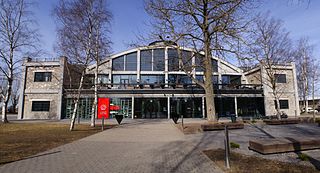
The Seaplane Harbour is a maritime museum in Tallinn, Estonia, which opened in spring 2012. The museum is part of the Estonian Maritime Museum.

Jaan Künnap is an Estonian mountaineer, photographer, and sports coach.

EML Wambola (A433) is a Lindormen-class minelayer built in 1977. As KDM Lossen, she served in the Danish Navy until 2006. Sold to the Estonian Maritime Academy as a maritime training vessel, she was renamed MS Kristiina. In 2009, she was handed over to the Estonian Navy as a command and support vessel and renamed Wambola.

The NAVY 18 WP class is a class of patrol boat originally designed and built for the Estonian Navy.























